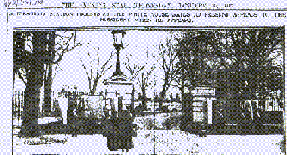

Many vigils have occurred on the north side of the White House since 1917, about hundreds of important issues -- for suffrage and peace -- for civil rights -- against wars.
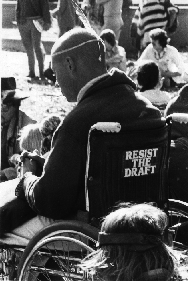
In the spirit of the July 4, 1776, Declaration of Independence, and the First Amendment of the U.S. Constitution, Lafayette Park was set aside for the people by America's favorite "Founding Father," Thomas Jefferson, when the White House was designed in the late 1700's. Jefferson, when he retired in 1809, told a group in Maryland, "The care of human life and happiness, and not their destruction, is the first and only legitimate object of good government."
President Dwight Eisenhower's parting remarks as he left office a century and a half later echoed the theme: "Every gun that is made, every warship launched, every rocket fired, signifies, in the final sense, a theft from those who hunger and are not fed, those who are cold and are not clothed." One of these days, Eisenhower said, people are going to want peace so much that governments will have to get out of the way and let them have it.
John Adams, the first President to live in the White House, had a prayer engraved on the fireplace that the building be occupied by only "Honest and Wise Men."
If the current occupant of the White House would like to step into those shoes, he needs to shrink the police and military which overwhelm civil liberties, stop the arms trade, and bury permanently the weapons of mass destruction. As Native American Chief Seattle warned us in 1854, "Whatever befalls the earth befalls the sons of the earth. Man did not weave the web of life; he is merely a strand in it. Whatever he does to the web, he does to himself."
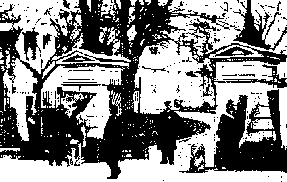 April 19, 1913
April 19, 1913
"Lafayette Square," Evening Star
In 1917, there was a small group of women who understood this concept. Suffragists who were opposed to President Wilson going to war held a vigil outside the White House.
January 27, 1917
"White House Pickets," Washington Star
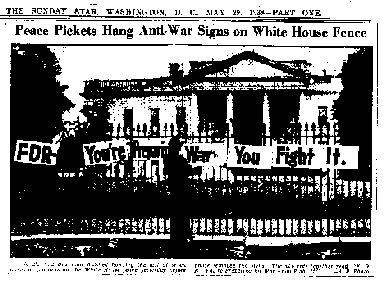 May 21, 1924
May 21, 1924
"History of Lafayette Square," Washington Star
May 29, 1938
"Peace Pickets," Sunday Star
May 14, 1941
"Picketing Goes On As White House Aide Disperses Soldiers," Washington Star
June 22, 1941
"White House Pickets Stop At 1,029 Hours," Washington Post
1945
Albert Einstein on Nuclear Weapons
December 10, 1948
United Nations "Universal Declaration of Human Rights"
1949
Terminiello v. Chicago re "Free Speech"
March 15, 1953
"Bill in House Asks Ban on White House Picketing," Washington Star
July 14, 1954
"Morse Stops White House Picket Bill," Washington Post
July 15, 1954
"On New Move to Ban White House Pickets," Washington Star
October 17, 1963
"Picketing of the White House," Washington Post
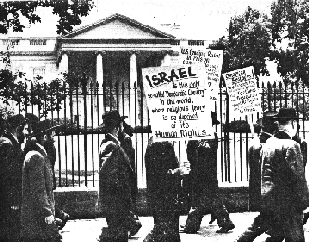
March 21, 1965
"Snow Drifts," Washington Star
April 3, 1966
"Camping Near White House," AP Wirephoto
April 3, 1966
Brown v. Louisiana
April 4, 1966
"Tenting in the Park," AP Wirephoto
May, 1972
"Journey for Peace," AP Wire
June 2, 1972
"Quaker Vigil is One Year Old," Washington Star
October 27, 1973
"Pickets at White House," Star News
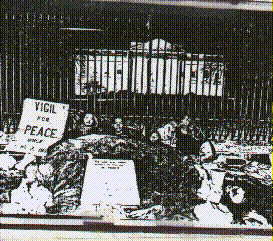 October, 1973
October, 1973
"US Fails in Move to Curb Protesters," Washington Post
1974
"All the President's Men," by Carl Bernstein and Bob Woodward, Chapter 13, pp. 262-5
May 11, 1976
Abney vs. USA "Sleep is Expressive Conduct"
Current Situation
Regulations | Park Closures | Pennsylvania Ave. Closure
Legal Overview | Peace Park | Proposition One